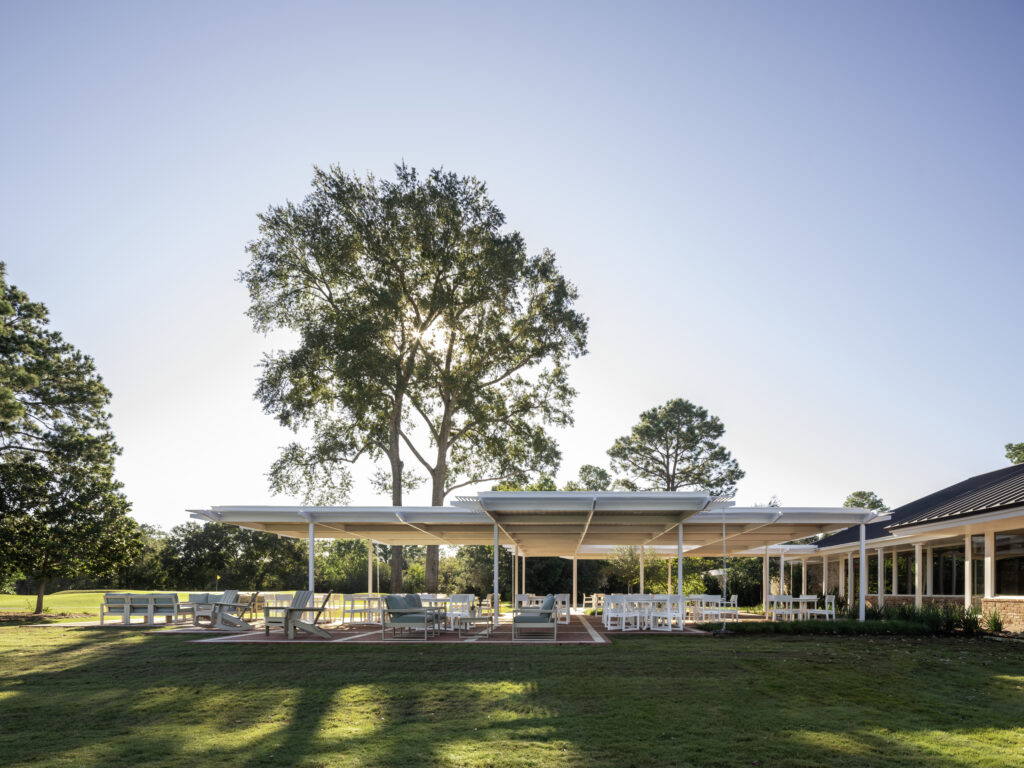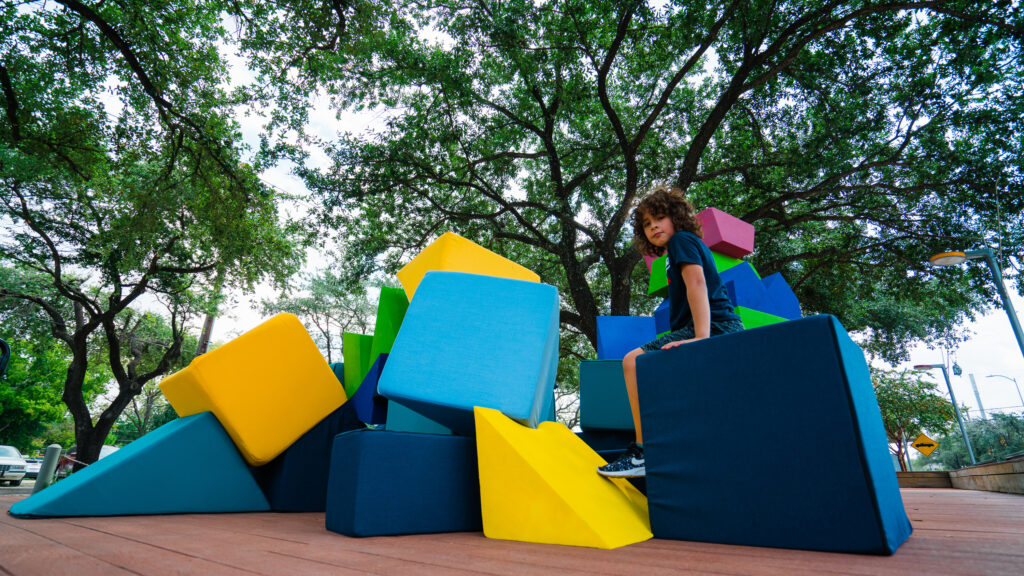In an essay entitled The Hedgehog and the Fox, Isaiah Berlin quotes the Greek poet Archilochus, “The fox knows many things, but the hedgehog knows one big thing” (Berlin 7). The essay was written as a commentary on Leo Tolstoy’s view of history, however, the text can offer an understanding for how one might practice architecture as well. For us, this understanding reveals itself in perceiving the environment as a fox and believing in it as a hedgehog.
Perceiving the environment as a fox requires “plenty of full light” (Albers) and a methodical rigor aimed at exploring forces and processes including climate, culture, economy, atmosphere, and material.
Believing in the environment as a hedgehog requires a confidence and trust that the projects we build and discussions we nurture “feel the pull of life” (Martin 159) and contribute positively to our clients and the world around us.
—
Albers, Josef. Poems and Drawings. Ed. Nicholas Fox Weber. New Haven: Yale University Press, 2006. Print.
Berlin, Isaiah. The Hedgehog and the Fox; an Essay on Tolstoy’s View of History. New York: Mentor Books, 1957. Print.
Martin, Agnes and Briony Fer. Agnes Martin. Ed. Frances Morris and Tiffany Bell. London: D. A. P./Tate, 2015. Print.
Explore
Champions Golf Pavilion
Houston, Texas
Commercial
The new Founder’s Patio at Champions Golf Club offers an exciting opportunity for dining, relaxing and enjoying the golf club. Located along the golf side of the existing clubhouse, the design respects and resonates with the existing architectural language on the property, while amplifying and adding to the experience of club.
Falon Mihalic
Landscape Architect & Public Artist
Art and Design
In this episode, our resident architects Joe Rivers and Kevin Barden visit with Falon Mihalic, an award-winning landscape architect and artist from Houston, Texas. Joe and Kevin sat down with Falon to discuss how her childhood influenced her career path, her journey to becoming a landscape architect, and some of her current work.
Immersive Tools
Kevin Barden
Writing
At a time when artificial intelligence and digital tools dominate discussions of architectural education, the practice of making large-scale physical models serves as an ever more important tool for the development of a student’s creative voice, sense of discovery, and long-term learning. Through an understanding of temporal and spatial kairotic environments and an iterative process these large-scale physical models possess the potential to embody experiential qualities in a meaningful manner.


